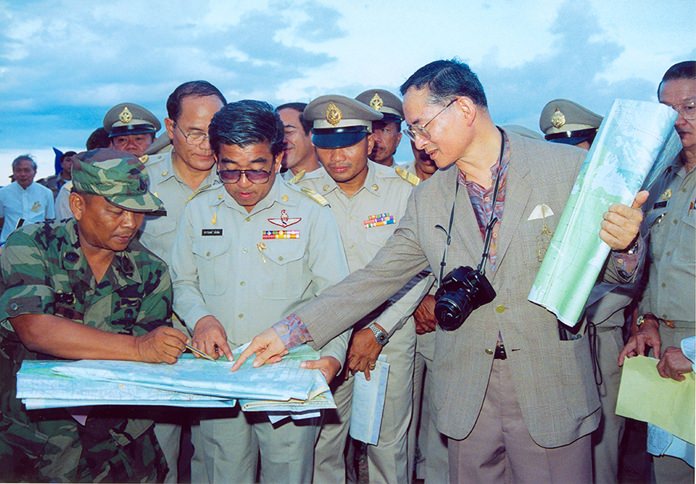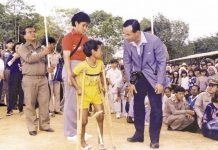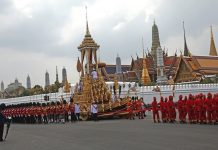
Prime Minister General Prayut Chan-o-cha stated that the Government and the Mae Fah Luang Foundation had adopted the royal approach of His Majesty the late King Bhumibol Adulyadej and the “Mae Fah Luang Development Principles” in natural resource management.
Support Pattaya Mail – Click Here
Doi Tung is the name of a high mountain in Chiang Rai, Thailand’s northernmost province. This mountain is the site of the Doi Tung Development Project, which is a major environmental and socio-economic development program, initiated by Her Royal Highness Princess Srinagarindra, the mother of His Majesty King Bhumibol.
The Princess Mother was affectionately called “Mae Fah Luang,” or “Royal Mother from the Sky,” by hilltribe people in the North. When she visited Doi Tung in 1987, the hills in the area were denuded because of the destructive slash-and-burn technique of clearing land and excessive logging. She expressed her intention to reforest Doi Tung, upgrade the living standard of local people, provide them with more educational opportunities and public health services, and promote agricultural development in a systematic manner.
The project was launched in 1988 by the Mae Fah Luang Foundation, under the patronage of the late Princess Mother. It has been carried out in stages covering 30 years, ranging from the development of infrastructure to the improvement of the quality of life and self-sufficiency, based on sustainable use of natural resources and environmental conservation.
Prime Minister General Prayut said that, over the period of 30 years, Doi Tung has been turned into the productive farmland of six ethnic groups among the hilltribe population. In the past, Doi Tung was a large drug-producing area.
With systematic development, deforested areas have been reclaimed, agro-forestry has replaced opium growing, opium addicts have been rehabilitated, and improved hygiene has contributed to the better health of local people. At that time, most of the six ethnic groups living at Doi Tung did not hold Thai citizenship. Later, they were granted Thai nationality and have been provided with greater access to education.
The Prime Minister pointed out that the Doi Tung residents have now been able to stand on their own feet and earn more income. He said that the Government, through the Ministry of Natural Resources and Environment, has adopted the Doi Tung Model to develop denuded hills in 13 northern provinces and introduce sustainable development in the three southern border provinces.
It has been adopted as a development model by other countries, as well, such as Myanmar, Afghanistan, and Indonesia. The royal concept of alternative development has also been recognized in the United Nations Guiding Principles on Alternative Development.





